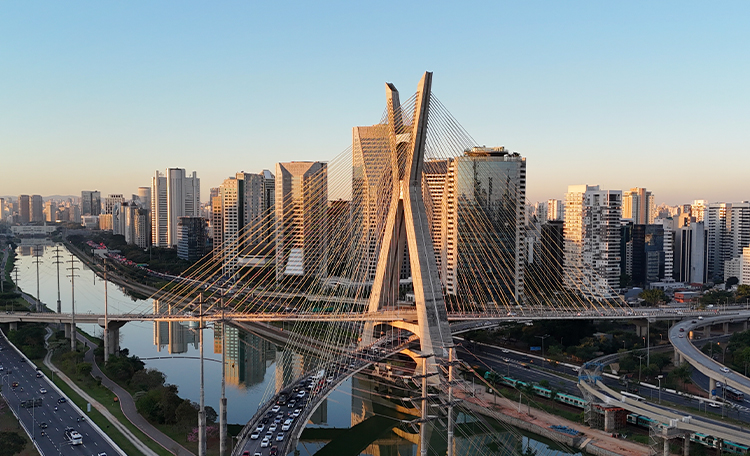Although they may look similar, there are big differences between corporate slabs and commercial slabs.

Commercial slab
Commercial slabs, also known as “office slabs”, are buildings that offer rooms for micro and small businesses, startups, self-employed professionals - such as dentists, lawyers, psychologists - among others.
The layout of this type of slab holds dozens of rooms on the same floor and, therefore, the occupants are usually professionals or companies that do not need much infrastructure or space. In the real estate market it is possible to find different footage options, but the most common are between 30 and 50 m².
In the commercial slab, structural repairs, when involving condominium systems, are the responsibility of the building. On the other hand, it is the lessee's responsibility to pay for expenses related to the renovation or any change that is considered a change in the living room layout.
Corporate slab
Corporate slabs, also called corporate, are large spaces and usually leased to medium and large companies that demand a large infrastructure. Unlike commercial slabs, where it is common to find rooms with the standard layout offered by the building, corporate slabs give the tenant greater flexibility.
This type of property receives valuations that vary between four classes, from smallest to largest: C, B, A, AA and AAAA. These valuations follow market patterns and also local demand. Thus, the higher the slab classification, the better the infrastructure offered by the building and, consequently, the higher the m² value. It is possible to find different footage options, the most common being between 20 and 60 m².
There are a series of characteristics that corporate slabs must present to meet the demand of companies. Check out the most relevant items on the corporate slabs:
- Location, usually in close proximity to other corporate centers and workers' homes
- Useful area
- Parking spaces and transport accessibility;
- right foot height
- Building management (automation, air conditioning system, turnstiles, elevators, camera monitoring, generator, etc.)
- Sustainable certifications such as LEED or AQUA
- Raised floor
Location is really a factor that has a direct influence on the value of corporate slabs. A large part of this type of slab is in the CDB region (Central Business District – central office regions), which includes regions such as Paulista, Faria Lima, Vila Olímpia, Berrini, Chucri Zaidan and Chácara Santo Antônio, in São Paulo. In Rio de Janeiro it is the region of Porto, Orla, Zona Sul and Centro.
It is also interesting to point out that, as with commercial slabs, structural repairs are the responsibility of the condominium - or the building owner - and adaptation reforms are the full responsibility of the lessee.


